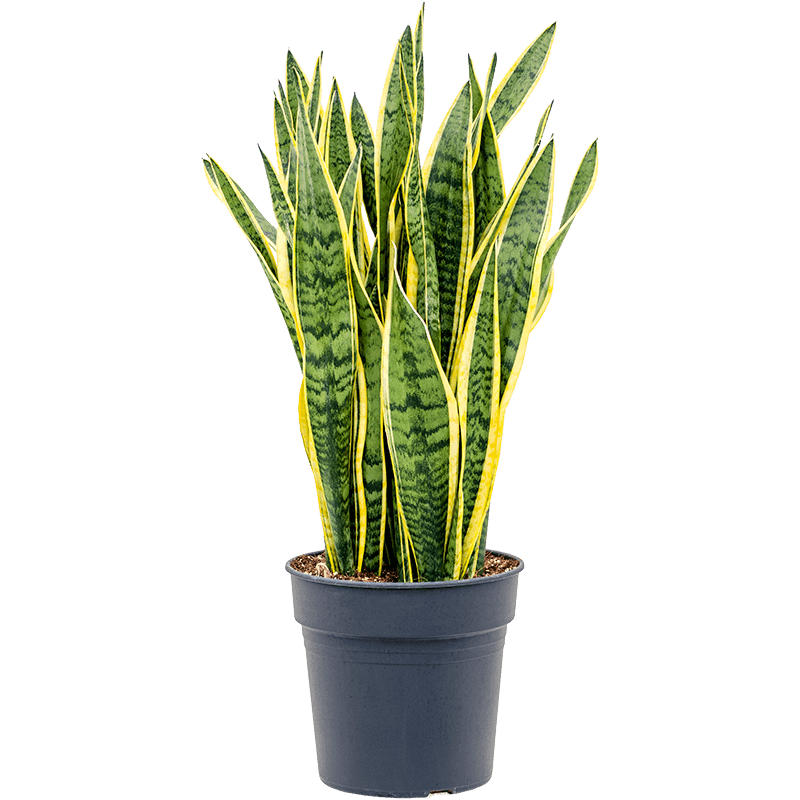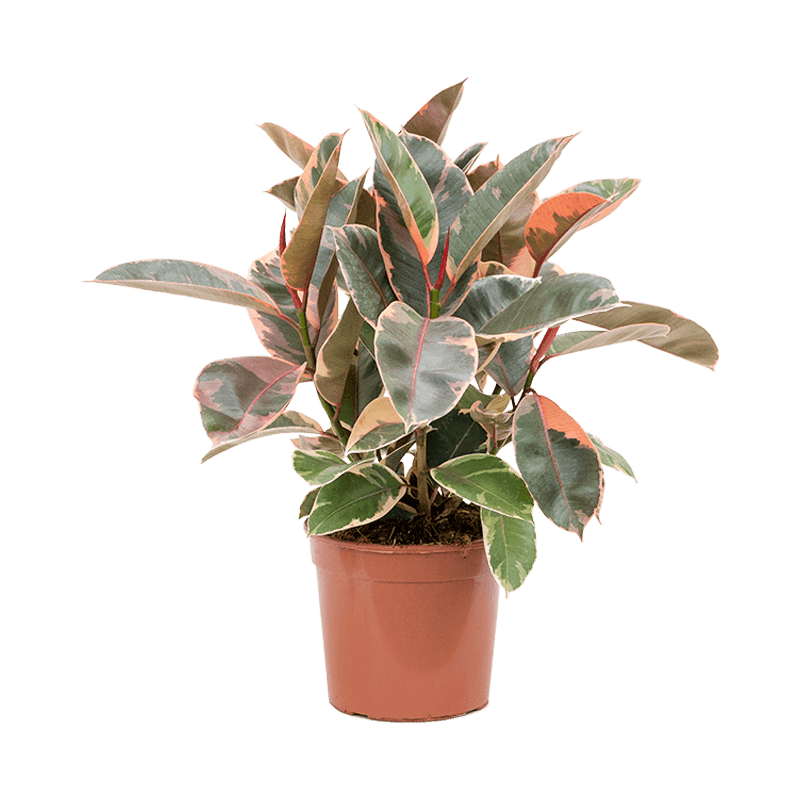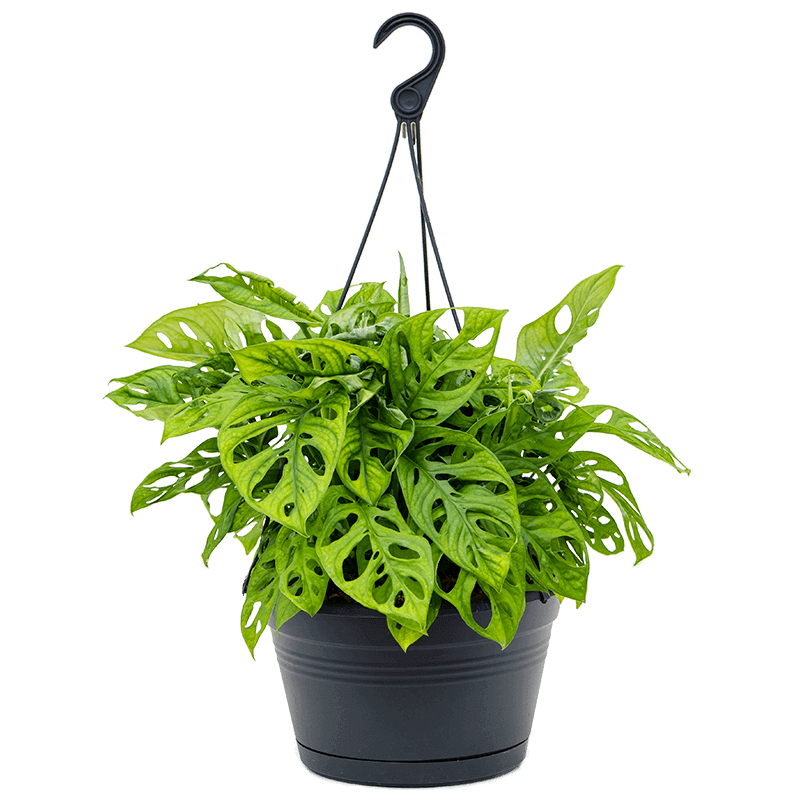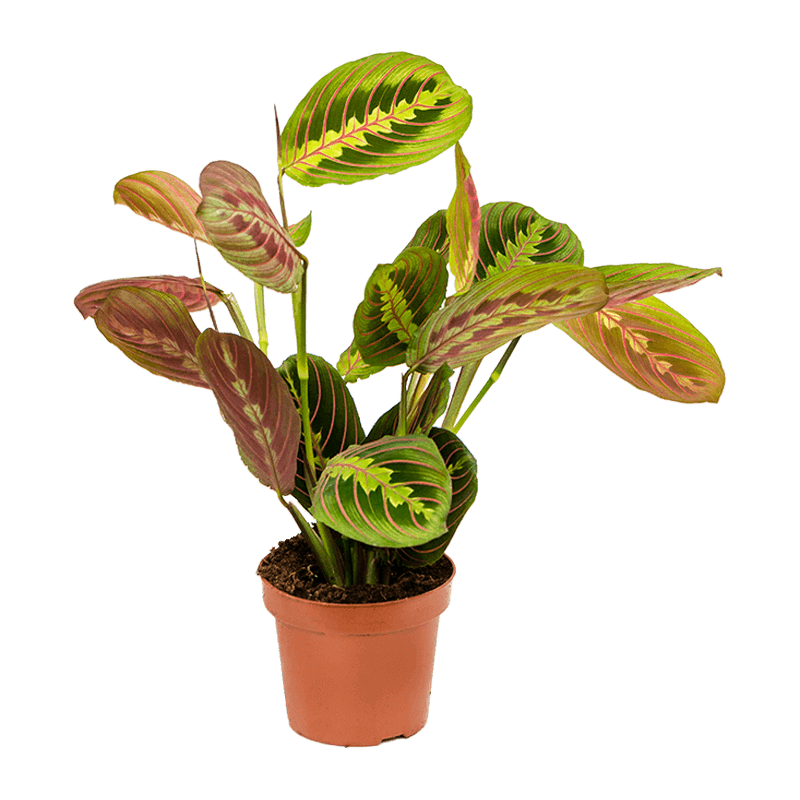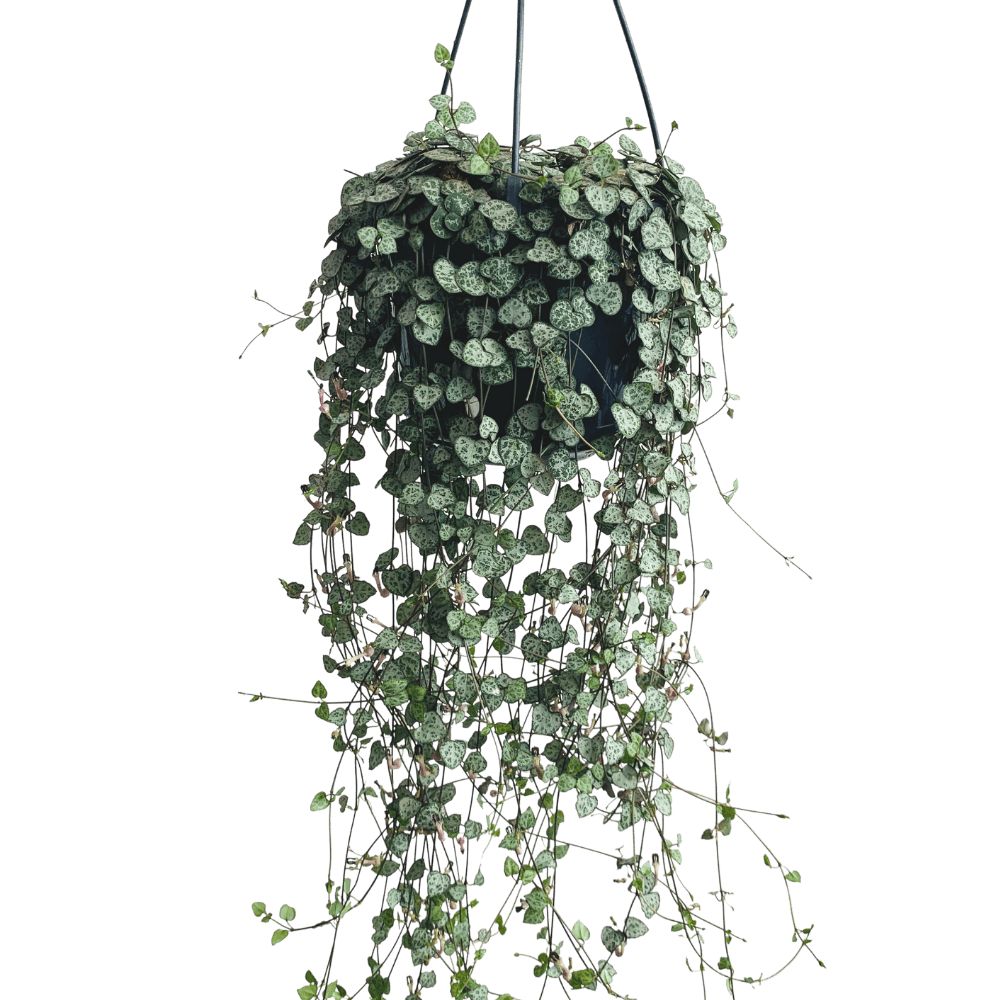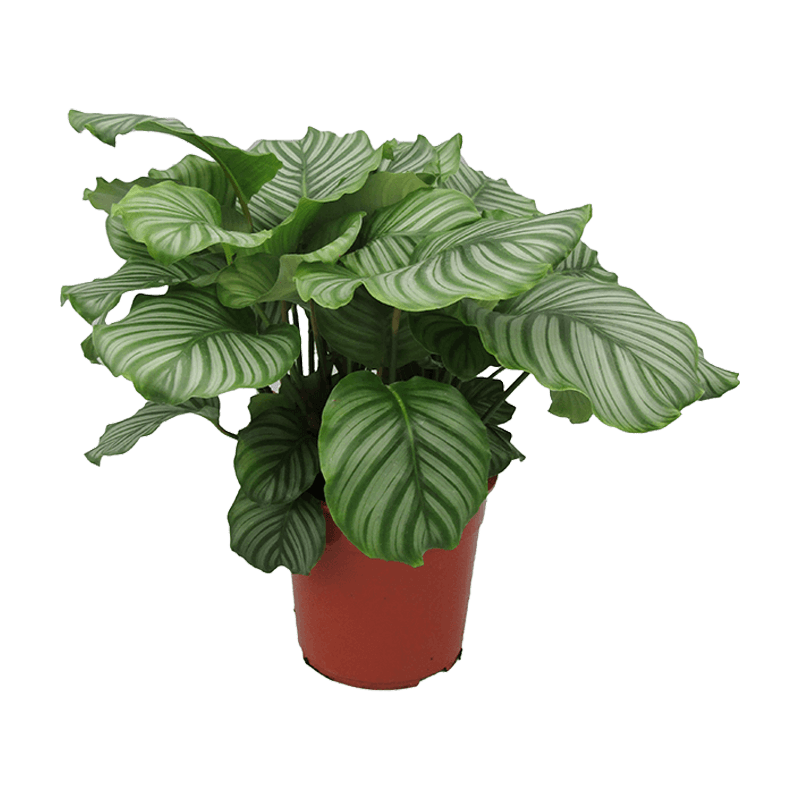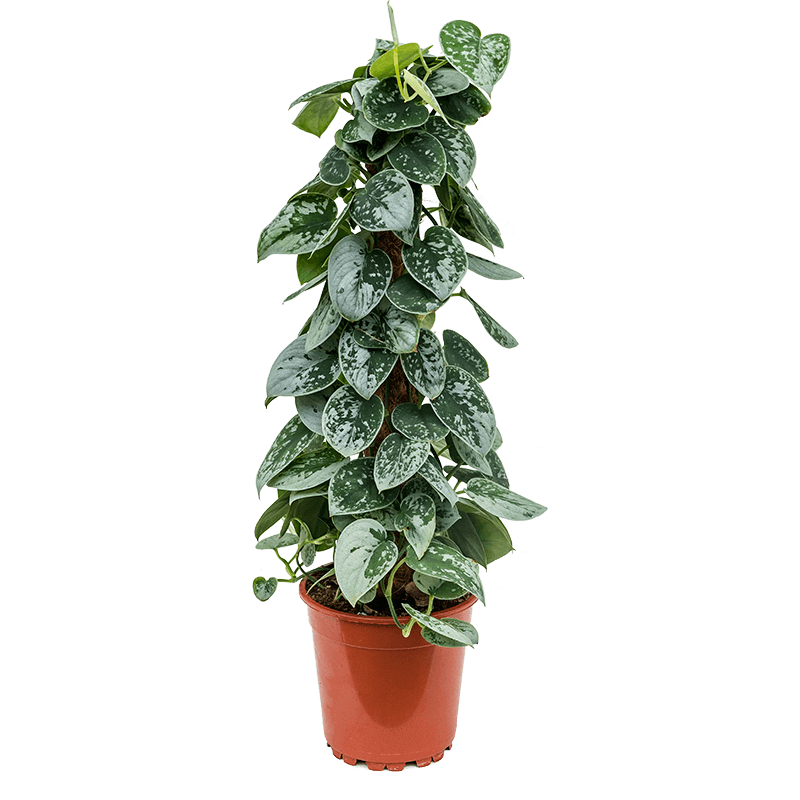how to care for sansevieria
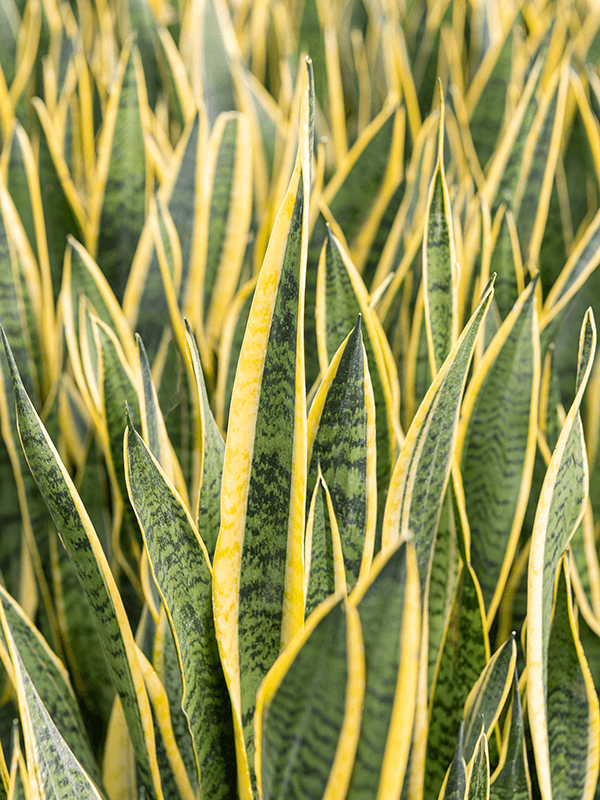
quick care guide sansevieria
 |
Every two – three weeks in summer; once a month in winter |
 |
Does well in low to medium sun |
 |
Does not need fertilizer |
 |
Toxic to pets – keep out of reach |
 |
Strong air purifier |
The Sansevieria thrives in most light conditions, growing in well-draining loamy soil, with average humidity. Water the snake plant occasionally when the soil is dry. Grow in temperatures between 21°C – 32°C. You don’t have to fertilize the Sansevieria but if you want your plant to grow quicker you can apply some fertilizer once a month during the growing season.
detailed care guide for sansevieria
Scientific Name: Sansevieria (a.k.a. Snake Plant, Mother-In-Law’s Tongue, Bowstring Hemp, Saint George’s Sword) Varieties: (list only includes varieties sold by Leafy Life)- Sansevieria Laurentii – leaves are thin and have yellow edges
- Sansevieria Victoria – the plant has only one leaf that is big and flat (also known as Whale Fin Plant)
- Sansevieria Cylindrica – leaves are thick and cylindrical with subtle green stripes
sansevieria origins & overview
The snake plant has been a very popular houseplant since Victorian times, when Londoners were quick to notice that these sturdy succulents brought in from tropical West Africa seemed to be indestructible. Today, snake plants are often said to thrive on neglect. But all it takes is a little time and attention to provide proper snake plant care, and you’ll be greatly rewarded by the bold look of their striking foliage and durable nature.sansevieria light requirements
While snake plants are famously unfussy and are especially well-known for tolerating low-light conditions, you can show your snake plant a little love by placing it in a location with indirect or filtered sunlight. To encourage the most vibrant colors and healthy growth, set your sansevieria near a window.
how to water the sansevieria
When it comes to watering your snake plant, less is truly best. Overwatering is the #1 killer of plants in general, but this is especially true for the Sansevierias, which are desert plants. While these plants may not be fussy about much, snake plants will begin rotting quickly when their growing medium is too moist. What happens in this situation is that the roots take up more and more water, in a desperate attempt to gain the oxygen that’s been displaced by water in the growing medium. A good way to determine how often you should water your snake plant is to simply allow the potting mixture to dry out completely before watering again. As with most plants, sansevierias need more frequent watering during the summer, when they are undergoing active growth, so you should water your plant again as soon as it has dried out during this time of year. The frequency will depend on conditions such as the amount of light, temperature, and humidity of the plant’s environment. During the winter, when it’s resting, your plant should be left dry for longer periods. You’ll know you are under-watering your snake plant if the tips of the leaves start to turn an unhealthy yellow or begin curling in.repotting the sansevieria
Snake plants rarely need repotting, as their roots prefer to be crowded in their pots. In fact, many snake plant owners will only repot their plant when it is literally bursting out of its pot, that is, when the root system breaks the pot. Repotting may also be necessary if the plant becomes top heavy and begins to fall over. In either of these cases, you should use a new pot that’s no more than a few inches larger than the old one. The other reason a snake plant might need repotting is if it is suffering from root rot due to over-watering, as previously discussed.

Decorative pots are approx. 11 cm.

Plants have a diameter of 11 to 13 cm.
Decorative pots are approx. 14 cm.

Plants have a diameter of 14 to 16 cm.
Decorative pots are approx. 17 cm.

Plants have a diameter of 17 to 19 cm.
Decorative pots are approx. 20 cm.

Plants have a diameter of 20 to 24 cm.
Decorative pots are approx. 25 cm.
extra small |
Plants - 8 to 10 cm diameter Pots - 11 cm |
small |
Plants - 11 to 13 cm diameter Pots - 14 cm |
medium |
Plants - 14 to 16 cm diameter Pots - 17 cm |
large |
Plants - 17 to 19 cm diameter Pots - 20 cm |
extra large |
Plants - 20 to 24 cm diameter Pots - 25 cm |

